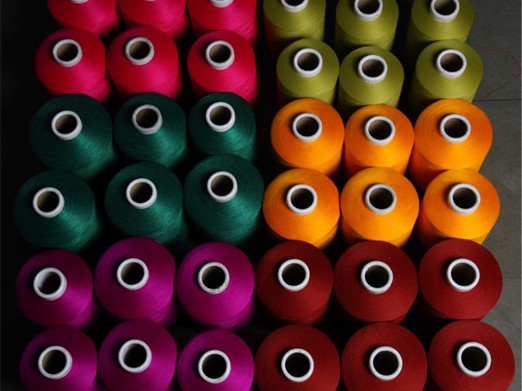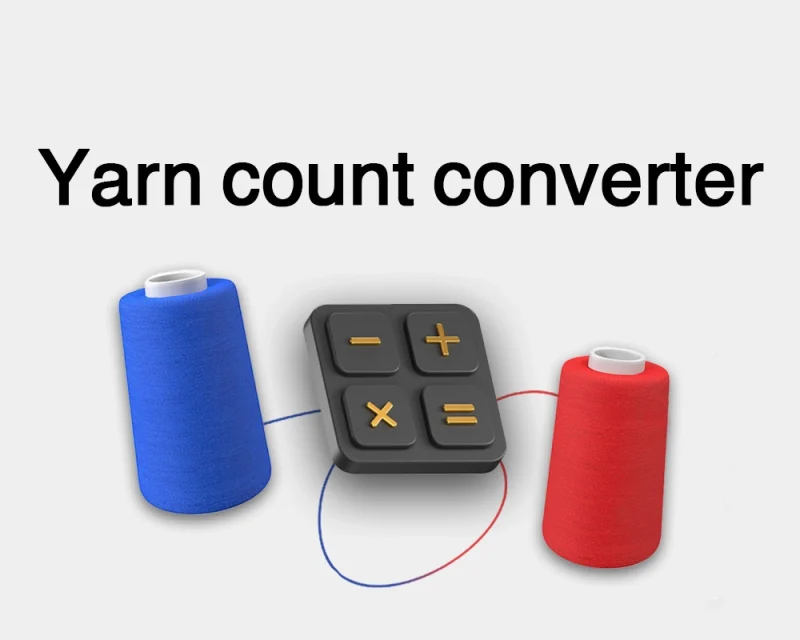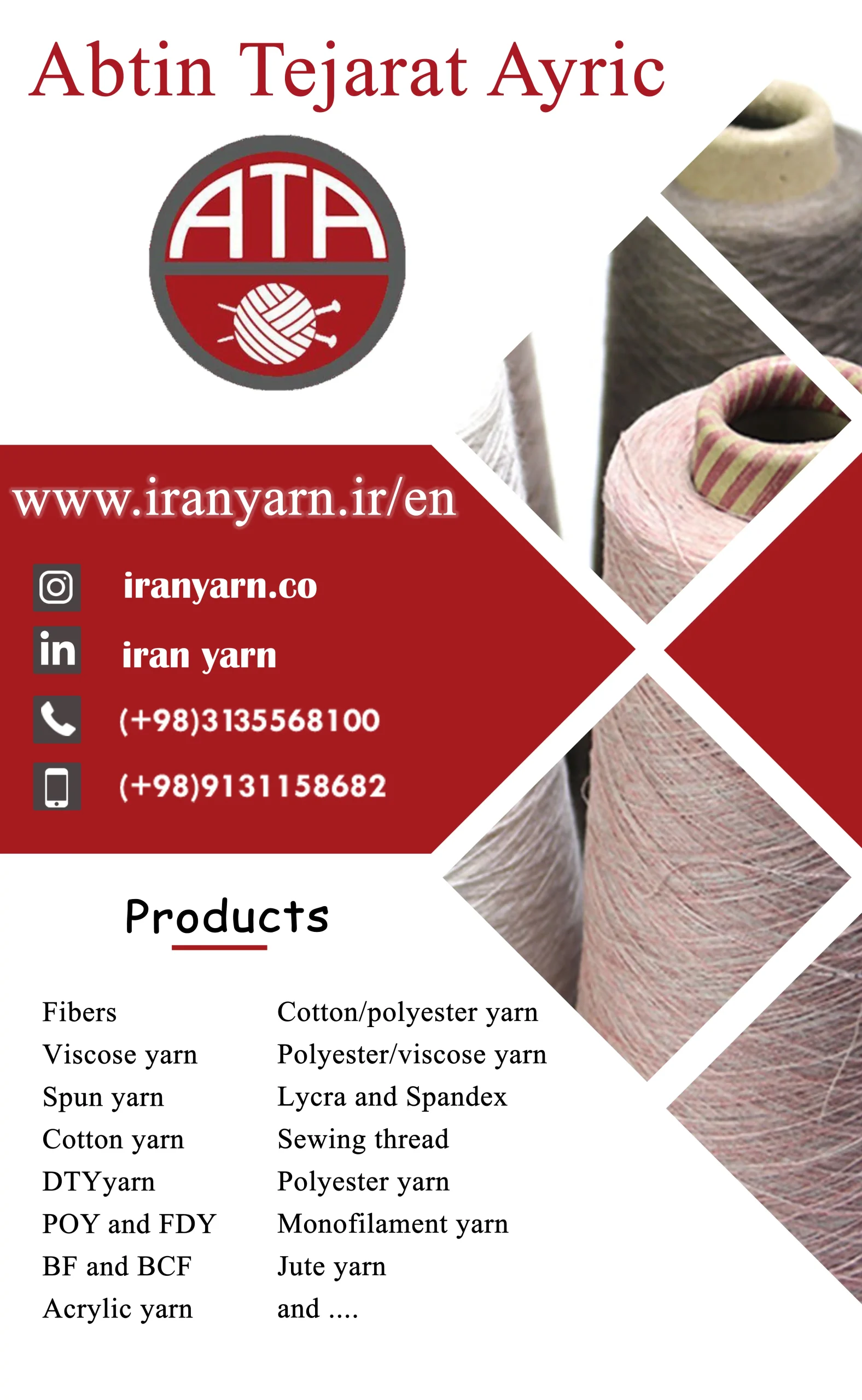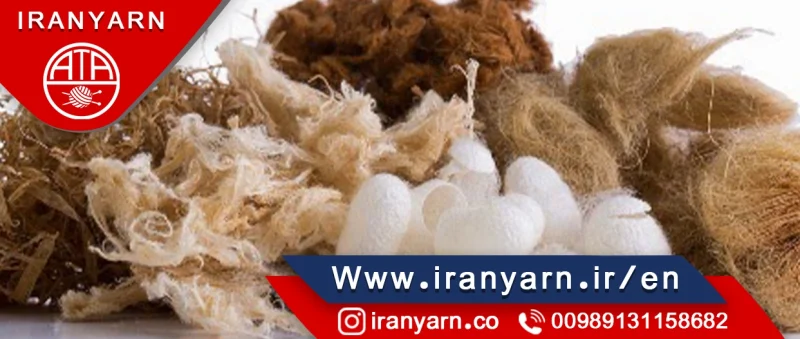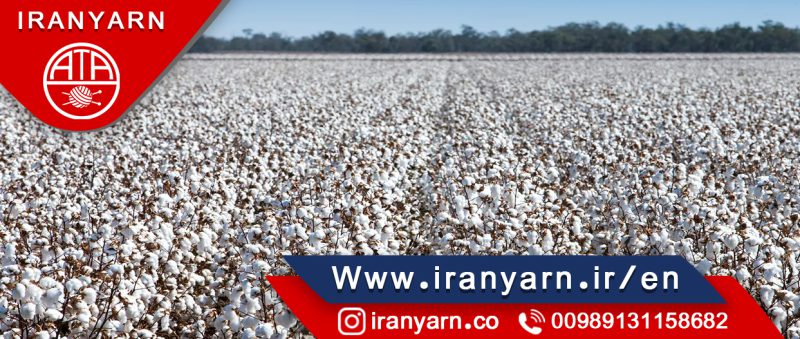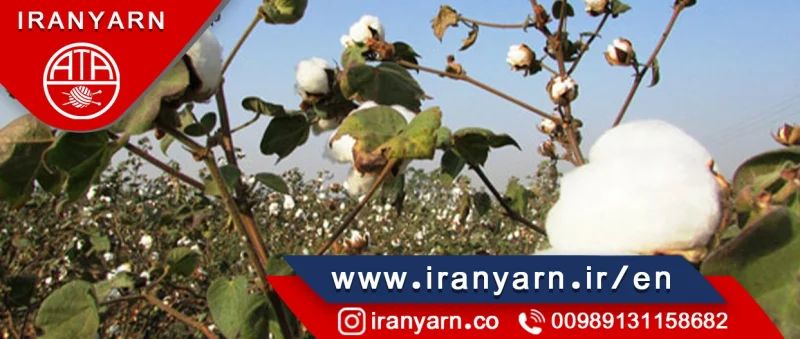Polypropylene (PP):
Polypropylene is a synthetic fiber which is made of petroleum' derivatives. Polypropylene is a thermoplastic polymer and suitable spinning process for this polymer is melt spinning. The amount of crystalline and amorphous regions depend on the amount and the way of drawing during melt spinning, because in drawing molecular chains become parallel and they would be oriented by this process.
You can see numbers of polypropylene's properties in the following table.
Applications:
Polypropylene fibers are used in non-woven fabric, diapers or sanitary products. Additionally we can use PP in Gas filtration, liquid filtration, air filtration, and house usage like air-conditioning-type and water filters, hospital masks, construction and too many other usages.

